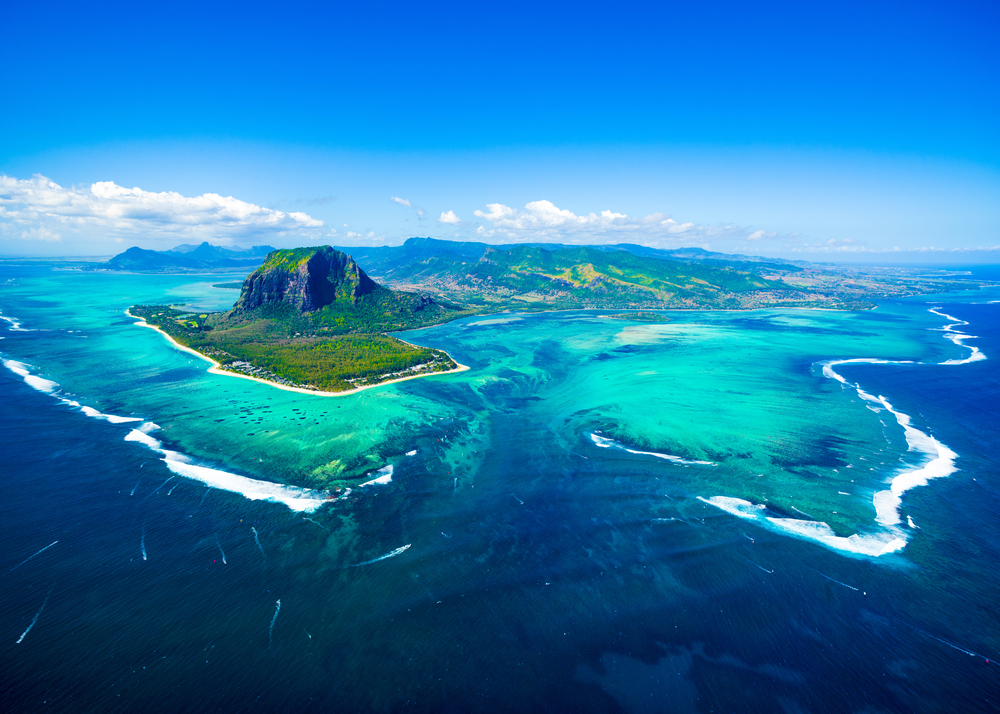Global warming will cause the world’s oceans to change color. Here’s why.
Declining populations of phytoplankton, the basis of the marine food chain, will alter the seawater hues, potentially decimating fisheries.
The world’s oceans are warming and growing more acidic as a result of climate change, and a provocative new study suggests they’ll be changing color too.
Within a few decades, the study showed, regions of the ocean that now look blue will look bluer. By 2100, the color shift could affect more than 50 percent of the oceans’ collective 140 million square miles of surface area.
But it’s not the color of the water itself that will change. Rather, it’s that populations of marine phytoplankton will fall as seawater warms. Since these tiny organisms contain the green pigment chlorophyll, any change in their numbers affects the water’s apparent color.
“These microscopic organisms live in the water and are the base of the marine food chain,” said Stephanie Dutkiewicz, a marine ecologist at the Massachusetts Institute of Technology and the leader of the study, published Feb. 4 in the journal Nature Communications. “By being in the water, they change the color that we see by eye. If there are less of them in it, the water will be slightly bluer.”
The color shift will likely be too subtle to be seen by the naked eye. But Earth-watching satellites will be able to spot the changes, giving scientists a heads-up that marine ecosystems have undergone a significant and potentially ominous shift.
Dutkiewicz said the North Atlantic Ocean and Southern Ocean appear to be especially vulnerable.
The shift could be ominous because phytoplankton serve as a food source for small sea creatures that, in turn, are eaten by fish, squid and shellfish. If phytoplankton populations dip too low, vital fisheries in certain areas could be decimated.
“Altering our environment is dangerous,” Dutkiewicz said. “A lot of people get a lot of their protein from fisheries, so a decline in fisheries could be quite problematic.”
For their research, Dutkiewicz and her colleagues developed a computer model that simulated changes in the world’s climate from 1860 through 2100. The model assumed that global temperatures would rise by 3 degrees Celsius — which is what most scientists think will happen if no effort is made to curb greenhouse gas emissions.
But this could be a conservative estimate. A report published in December 2018 by the Global Carbon Project showed that after a brief period of stability from 2014 to 2016, global greenhouse gas emissions started rising sharply. Thus the global temperature rise might exceed 3 degrees Celsius by the end of the century, triggering an even more dramatic effect on phytoplankton.
In addition to damaging marine ecosystems, a decline in phytoplankton populations could worsen climate change. Phytoplankton absorb atmospheric carbon dioxide just as trees and other terrestrial plants do, thus helping keep levels of the potent greenhouse gas from rising.
“It’s amazing if you think of how small these phytoplankton are compared to large plants — they are extremely efficient,” said Sibel Bargu Ates, an oceanographer at Louisiana State University in Baton Rouge, who was not involved with the new study. “That is what makes them so important globally.”

